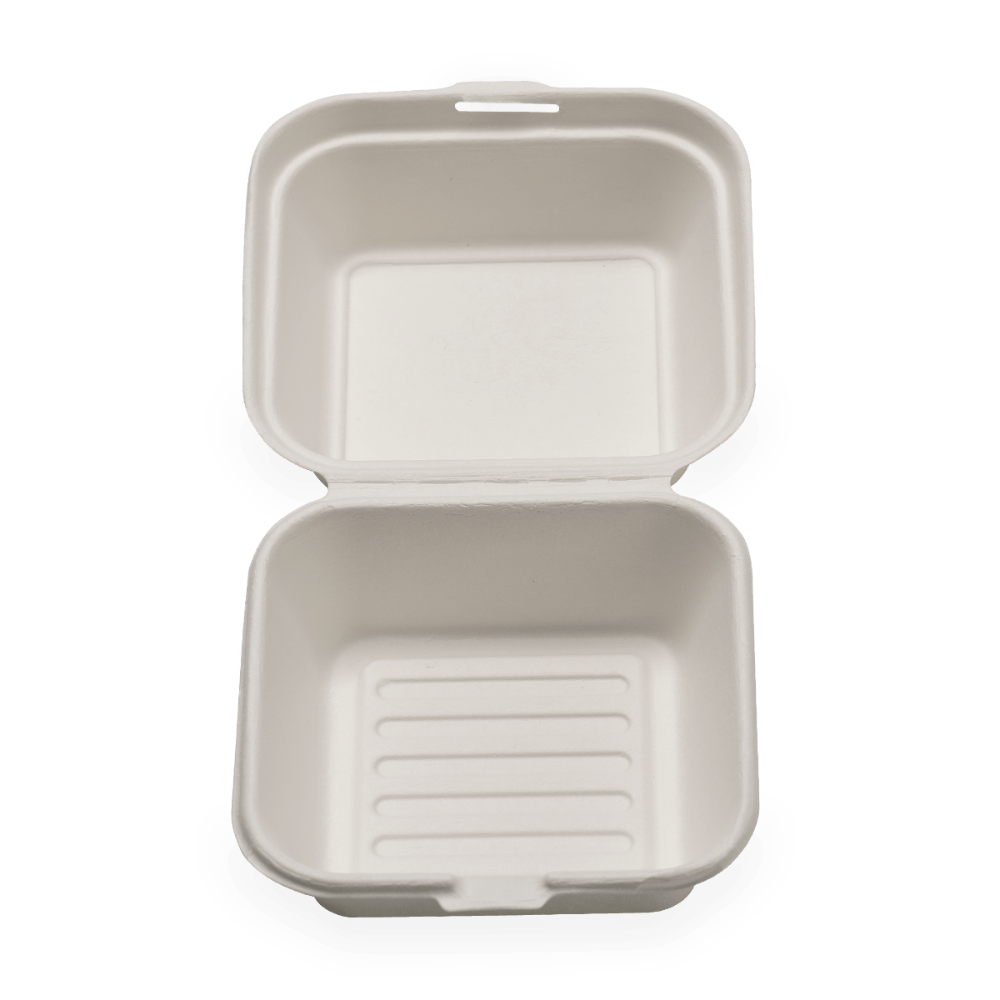In today's era of pursuing sustainable development, biodegradable food packaging containers are becoming star products in the field of environmental protection. However, the conditions under which they degrade are poorly understood by many. You've probably seen those "eco-friendly" packages in the supermarket, but do you know what environment they really need to break down effectively?
Effect of temperature
The degradation process of biodegradable food packaging containers is significantly affected by temperature. Generally speaking, these packaging materials break down faster in warm environments. Research shows that the optimal degradation temperature range is usually between 20°C and 60°C. Within this temperature range, the activity of microorganisms increases and they are able to break down packaging materials more efficiently. For example, the temperature in some composting environments can reach 50°C, allowing bioplastics to be completely degraded within a few weeks. On the other hand, if the temperature is too low, the degradation process will be significantly delayed and may take several months or even longer.
The role of humidity and oxygen
Humidity and oxygen are also important factors that affect the degradation rate of biodegradable food packaging containers. Too low humidity can lead to reduced microbial activity, which can hinder the degradation process. Generally speaking, suitable humidity levels are between 50% and 70%. Within this humidity range, microorganisms can effectively act on packaging materials and promote decomposition. In addition, the presence of oxygen is also crucial. Many biodegradable materials degrade faster under aerobic conditions, which means maintaining good ventilation is critical under composting conditions.

Types and quantities of microorganisms
It cannot be ignored that the type and quantity of microorganisms also have a direct impact on the degradation process of biodegradable food packaging containers. Certain microorganisms such as bacteria, fungi and algae are able to rapidly break down specific types of bioplastics. For example, some composts are rich in bacteria that can convert materials such as PLA (polylactic acid) into water and carbon dioxide in a short time. In order to promote the degradation process, it is recommended to use specially cultured compost strains, which can achieve higher efficiency and faster decomposition during the degradation process.
The effective degradation of biodegradable food packaging containers is not accidental, but depends on the joint action of multiple factors, including temperature, humidity, oxygen and microorganisms. Understanding these conditions will not only help us make better use of these environmentally friendly materials, but also guide us to adopt more effective waste disposal methods in our daily lives. With the development of science and technology and the improvement of environmental awareness, biodegradable packaging will undoubtedly play an increasingly important role in future sustainable development. Let us work together to create a greener earth!